I am using LTspice to simulate an AC resonant circuit that should amplify and split an RF signal. I would like to add small circuit to it, so that it should add a DC offset to the original circuit. How can I simulate this circuit where I can see both the AC signal and the DC offset from the added Circuit?
Asked
Active
Viewed 75 times
0
-
Use transient analysis. – Andy aka Jul 27 '23 at 14:22
-
Or simulate the DC effect with an operating point (.OP) analysis and the AC part with the usual AC analysis. – The Photon Jul 27 '23 at 14:31
-
Apparently the OP has asked a new question related to this: https://electronics.stackexchange.com/questions/675524/ltspice-simulation-doesnt-match-oscilloscope-measurement-is-the-circuit-diagra – PStechPaul Jul 27 '23 at 22:10
2 Answers
0
LtSpice might not be the right software for what you are trying to accomplish. I would use ADS or RFSim99 since you want to do wave simulation (S parameters) while working in RF.
Julien
- 1,717
- 14
-
1AC analysis in ADS is no different from AC simulation in LTSpice: It's a linearized analysis around an operating point that can't do what OP asks for. – The Photon Jul 27 '23 at 14:30
-
From my understanding, she want to place a biasing tee and a DC block. You can simulate both of these using AC simulation but wave analysis is usually the way to go. With AC simulation, it won't be easy to properly match the circuits. – Julien Jul 27 '23 at 14:36
-
I've used ADS since the 1990's (when it was called MDS). I've never heard of a "wave analysis" in that tool. There is DC analysis, AC analysis, harmonic balance analysis, and several others. It has built in models for many transmission line structures that depend on wave behavior. But the term "wave analysis" has never come up for me. Can you explain more clearly what you mean by that? – The Photon Jul 27 '23 at 14:58
-
-
OK, that might be good advice for OP, but we haven't seen the circuit or been told what frequency range, so it's hard to be sure. – The Photon Jul 27 '23 at 15:01
-
I added S parameters to make it clearer. Agreed! The question doesn't give us a lot of info! – Julien Jul 27 '23 at 15:03
-
I am not sure i can share the circuit diagram however the frequency range around 1Mhz. from your experience, will I get better simulation using the ADS for resonant circuit? for AC analysis and also to simulate the DC offset – Nana Jul 27 '23 at 15:52
-
At 1MHz, there's a lot of chance that AC simulation would be the better one. – Julien Jul 27 '23 at 16:09
0
You can do this with a transient analysis as Andy said in the comments, but it will be much more efficient (a faster simulation) to do it with two separate analyses: a DC operating point analysis and the AC analysis you might already be familiar with.
You can set up the DC analysis using the simulation setup menu, "DC op pt" tab:
And it produces the output in a message window like this:

In fact LTSpice does an .OP analysis before every .AC analysis to find the operating point for the AC linearization. The only trick is to get it to output the results.
The Photon
- 126,425
- 3
- 159
- 304
